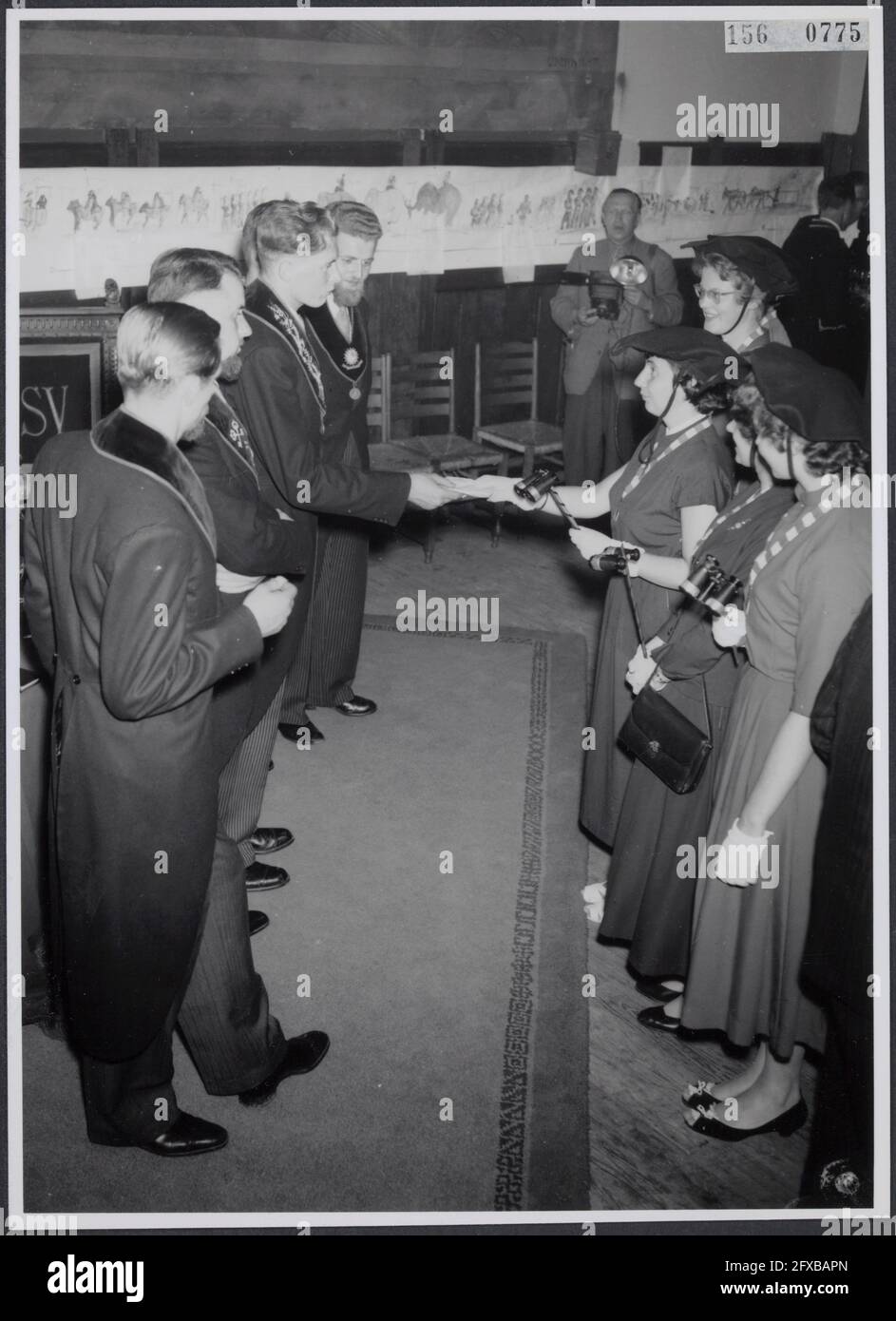Unveiling the legacy of Antony Armstrong-Jones offers a fascinating glimpse into a life that intertwined artistry with royalty. Born into a world of privilege and creativity, Armstrong-Jones's journey from a photographer to an Earl reflects the dynamic shifts in both personal and public spheres during his lifetime. His marriage to Princess Margaret marked not only a significant moment in British royal history but also highlighted the evolving nature of media and celebrity culture.
This exploration delves into the impactful life and achievements of Antony Armstrong-Jones, whose contributions extended beyond the confines of royal circles. As we examine his career as a photographer, designer, and philanthropist, we uncover a man who left an indelible mark on society through his work and relationships. His story is one of innovation, resilience, and enduring influence, shaping perceptions and inspiring generations.
Antony Armstrong-Jones grew up surrounded by the allure of Tatler magazine, thanks to his mother Anne’s frequent appearances in its pages. This early exposure to high society laid the groundwork for his future endeavors. When Princess Margaret announced her engagement to him, it was seen as a fairy-tale romance between a society photographer and the Queen’s beautiful younger sister. Their union symbolized the blending of artistic talent with royal prestige, captivating audiences worldwide.
The Artistic Roots of a Royal Photographer
Photographer and designer, Antony Armstrong-Jones first began capturing images while studying at Cambridge University. Encouraged by his uncle, the renowned stage designer and artist Oliver Messel, he developed a keen eye for detail and composition. This formative period set the stage for his later success as a professional photographer. After apprenticing under society photographer Baron, Armstrong-Jones opened his first studio in 1952, marking the beginning of a distinguished career.
His reputation flourished as he photographed theater productions, fashion icons, and members of high society. These works showcased his ability to blend elegance with authenticity, earning him recognition as an official Royal photographer. Through his lens, Armstrong-Jones immortalized moments that bridged the gap between art and reality, leaving a lasting impression on those fortunate enough to experience his craft.
In addition to his photographic pursuits, Armstrong-Jones ventured into film-making and design, further expanding his creative horizons. His versatility allowed him to adapt to various mediums, ensuring his relevance in an ever-changing industry. By establishing himself as a multifaceted artist, he solidified his place among the elite photographers of his time.
A Royal Marriage That Defined an Era
On May 6, 1960, Antony Armstrong-Jones married HRH Princess Margaret, becoming the first non-royal to wed a member of the British royal family since the 17th century. This historic event elevated him to the peerage, where he adopted the title Earl of Snowdon. The union brought together two individuals from vastly different worlds, creating a unique partnership that captured global attention.
Despite initial admiration, their relationship faced numerous challenges over the years. Public scrutiny intensified as rumors of infidelity and marital discord surfaced. However, amidst these difficulties, both parties maintained their respective careers, with Armstrong-Jones continuing to produce acclaimed photographs and Princess Margaret engaging in charitable activities. Their story serves as a testament to the complexities inherent in royal marriages.
Although their marriage ended in divorce after eighteen years, its impact endured long after the dissolution. It paved the way for greater acceptance of modern relationships within the monarchy, reflecting broader societal changes occurring during this transformative period.
Capturing Legacy Through Lens and Literature
Beyond his role as a photographer, Antony Armstrong-Jones contributed significantly to literature through several publications. Among them are Snowdon: A Photographic Autobiography and SNOWDON SITTINGS@@ 1979-1983, which provide intimate insights into his life and work. These books serve not only as visual chronicles but also as reflections of his artistic philosophy and experiences.
Throughout his career, Armstrong-Jones worked extensively with prestigious publications such as The Sunday Times, Vogue, and Telegraph Magazine. His association with these platforms amplified his reach and influence, allowing him to share his vision with wider audiences. Additionally, he established the Snowdon Award Scheme (now Snowdon Trust) in 1981, supporting disability projects and demonstrating his commitment to social causes.
As Antony Armstrong-Jones passed away, his legacy continued to inspire countless individuals across diverse fields. His ability to balance personal challenges with professional triumphs exemplifies the resilience required to thrive in any era. Today, his contributions remain celebrated, reminding us of the profound impact one person can have on multiple facets of society.

